The skies above Hiroshima will sparkle with artificial shooting stars in 2025, as a Japanese startup prepares to launch the world's first commercial "meteor shower" service. This groundbreaking celestial spectacle, years in the making, represents an extraordinary marriage of space technology and entertainment that could redefine how humans interact with the night sky.
ALE Co., Ltd., the Tokyo-based aerospace company behind this ambitious project, has spent nearly a decade perfecting their proprietary meteor particles and satellite deployment system. Their approach involves releasing specially formulated chemical compounds from microsatellites in low Earth orbit that burn up upon atmospheric re-entry, creating vibrant streaks of light visible across hundreds of kilometers. Unlike natural meteors that typically last less than a second, these manufactured shooting stars will glow for several seconds, appearing significantly brighter than their natural counterparts.
The upcoming 2025 debut follows extensive testing and multiple delays caused by technical challenges. ALE successfully launched their second demonstration satellite, ALE-3, in 2022 after their first test satellite encountered deployment issues. Recent ground tests have confirmed the viability of their metallic particle formula which can produce different colors - copper for blue-green, barium for green, and strontium compounds for red hues. This chromatic control allows for customized light shows that could eventually spell out corporate logos or messages across the night sky.
Commercial viability remains a significant hurdle for this nascent industry. Each satellite carries approximately 400 pellets capable of producing 20-30 events before requiring replenishment. At an estimated cost of $8,000 per artificial meteor, the service initially targets luxury resorts, special events, and municipal celebrations rather than individual consumers. ALE has already secured partnerships with several Asian tourism boards and is negotiating with Middle Eastern clients interested in creating signature experiences for high-profile events.
Environmental concerns have shadowed the project since its inception. Critics question whether introducing metallic particles into the upper atmosphere, even in small quantities, might have unforeseen ecological consequences. ALE maintains their materials are carefully selected to minimize atmospheric impact and fully burn up before reaching lower altitudes where they could affect weather patterns. Independent studies commissioned by the Japanese space agency JAXA appear to support these claims, though long-term monitoring will be essential as launch frequency increases.
The regulatory landscape presents another complex challenge. Current international space treaties lack specific provisions governing artificial meteor showers, creating jurisdictional gray areas regarding payload deployment and orbital traffic management. ALE has worked closely with Japanese authorities to establish preliminary safety protocols, including strict altitude parameters to ensure complete particle combustion and collision avoidance systems for their satellites. These frameworks may become templates for other nations as similar ventures emerge globally.
From a technical perspective, the precision required for these celestial displays borders on astonishing. Satellites must release particles within an exact altitude window of 350-400 km while maintaining precise orbital positioning. The particles themselves require meticulous engineering - too dense and they might survive atmospheric entry; too light and they'll burn up prematurely. ALE's patented "slow-burn" formula achieves the perfect balance, creating luminous trails lasting 3-5 seconds compared to nature's fleeting flashes.
Cultural implications of manufactured meteor showers spark fascinating debates. Some astronomers lament the commercialization of celestial phenomena, while event planners envision spectacular new possibilities for public engagement with space science. Traditional sky cultures, particularly indigenous groups with meteor-related ceremonies, have expressed mixed reactions. ALE has initiated dialogues with cultural representatives to develop respectful implementation guidelines, including avoiding sacred observation periods for certain communities.
The business model extends beyond simple light shows. ALE is developing augmented reality integrations that would allow smartphone users to trigger additional digital content when viewing the meteors. Educational packages for schools are in development, combining live meteor viewings with STEM curriculum materials. The company has even patented concepts for "celestial messaging" where coordinated meteor patterns could convey simple visual signals across regions without digital infrastructure.
Looking beyond 2025, the artificial meteor industry could evolve in unexpected directions. Military researchers have shown interest in the technology for signaling applications, while disaster response experts speculate about potential emergency communication uses. As satellite launch costs continue decreasing, competitors will likely emerge - a Chinese aerospace firm has already announced similar ambitions for the 2028 Olympics.
For now, all eyes remain on ALE's Hiroshima debut. If successful, their artificial stars may soon grace skies from Dubai to Hawaii, creating a strange new category of human-altered natural wonder. As the company's founder Lena Okajima often remarks, this project represents "not just entertainment, but a new form of dialogue between humanity and the cosmos" - one glowing particle at a time.
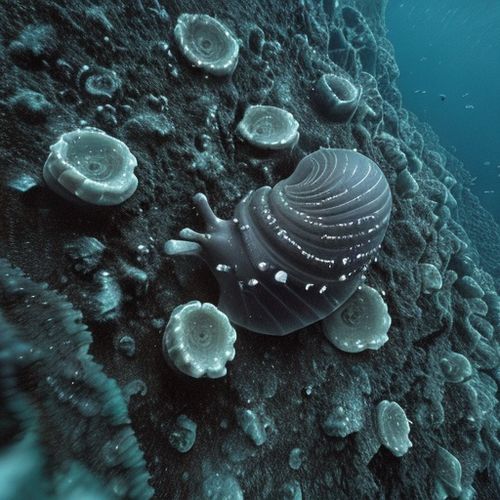
By Emily Johnson/Apr 10, 2025
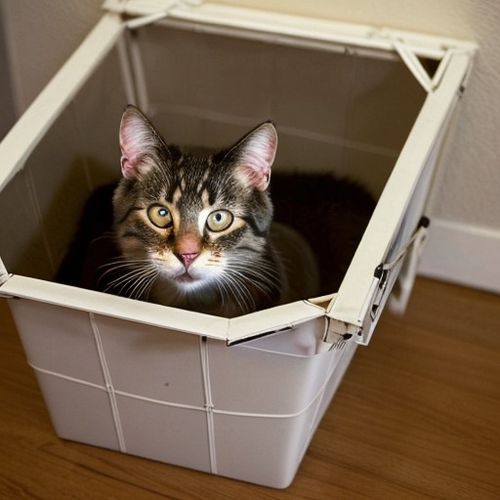
By Sarah Davis/Apr 10, 2025

By Christopher Harris/Apr 10, 2025
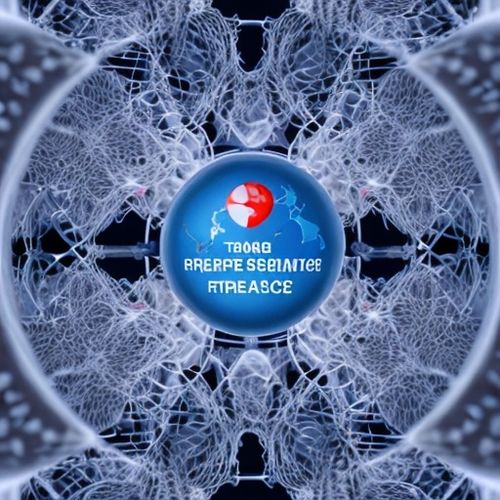
By John Smith/Apr 10, 2025
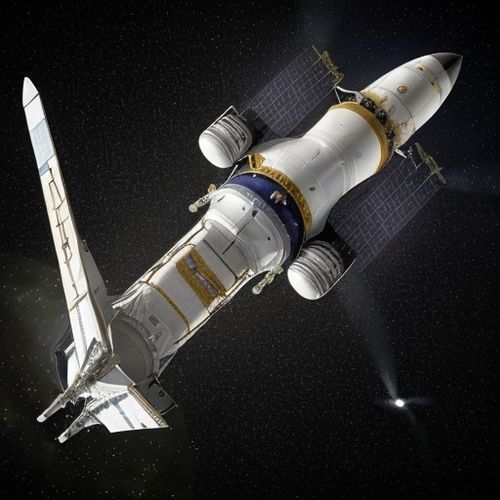
By Ryan Martin/Apr 10, 2025
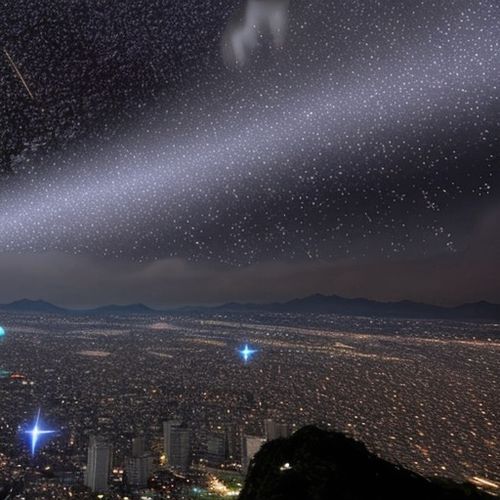
By Olivia Reed/Apr 10, 2025
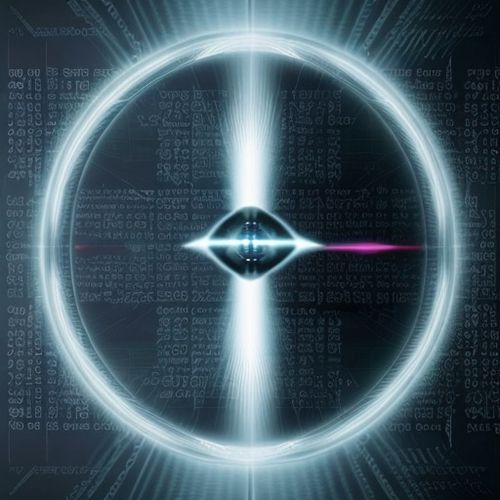
By Sarah Davis/Apr 10, 2025
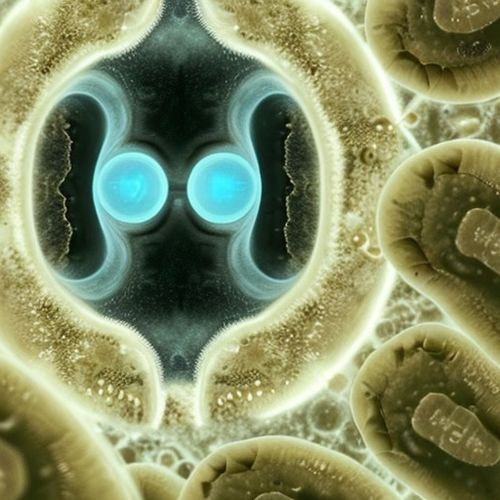
By Victoria Gonzalez/Apr 10, 2025
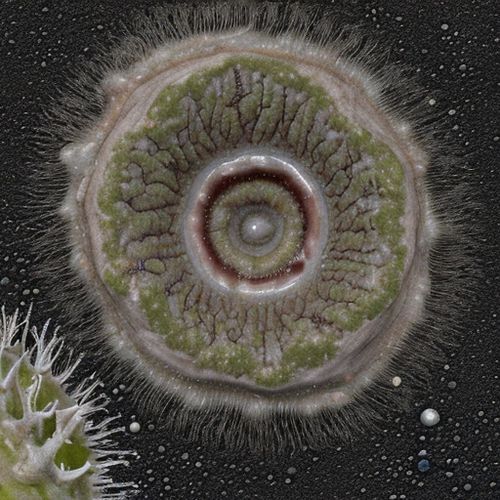
By Laura Wilson/Apr 10, 2025
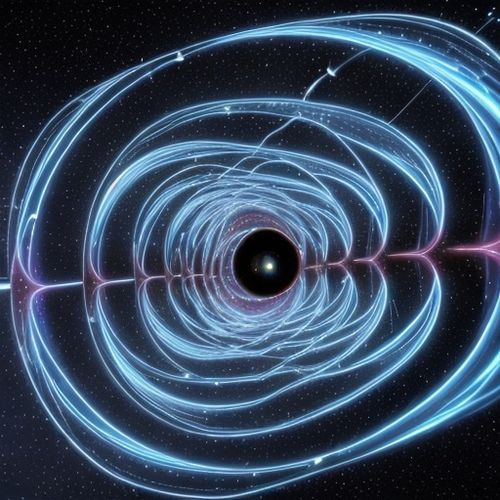
By Lily Simpson/Apr 10, 2025
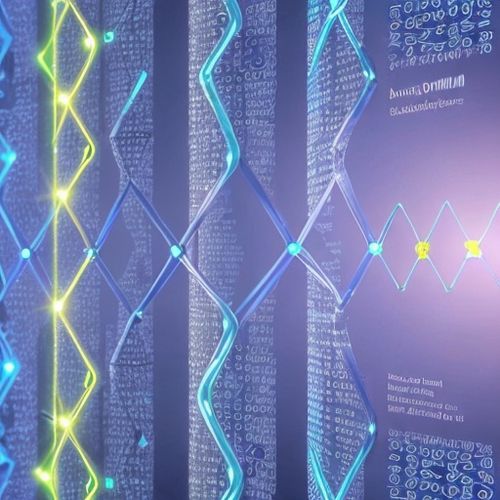
By Grace Cox/Apr 10, 2025

By Emma Thompson/Apr 10, 2025
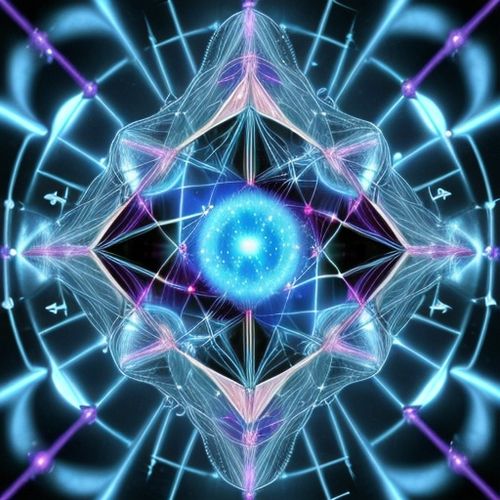
By Grace Cox/Apr 10, 2025

By Thomas Roberts/Apr 10, 2025
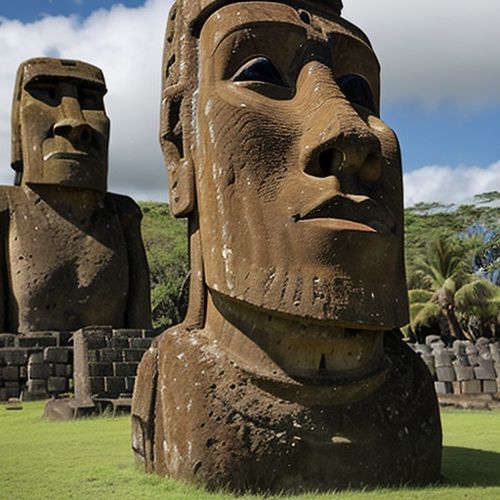
By Laura Wilson/Apr 10, 2025

By Benjamin Evans/Apr 10, 2025
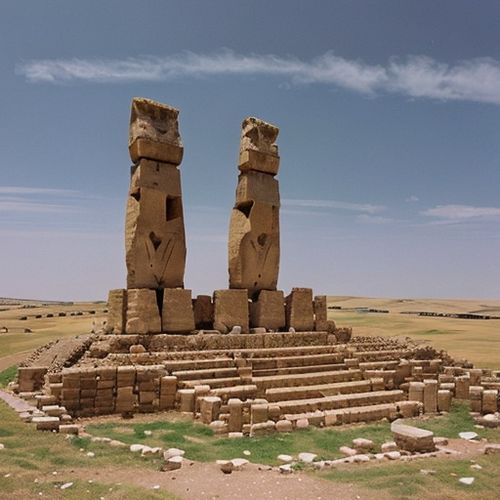
By Megan Clark/Apr 10, 2025